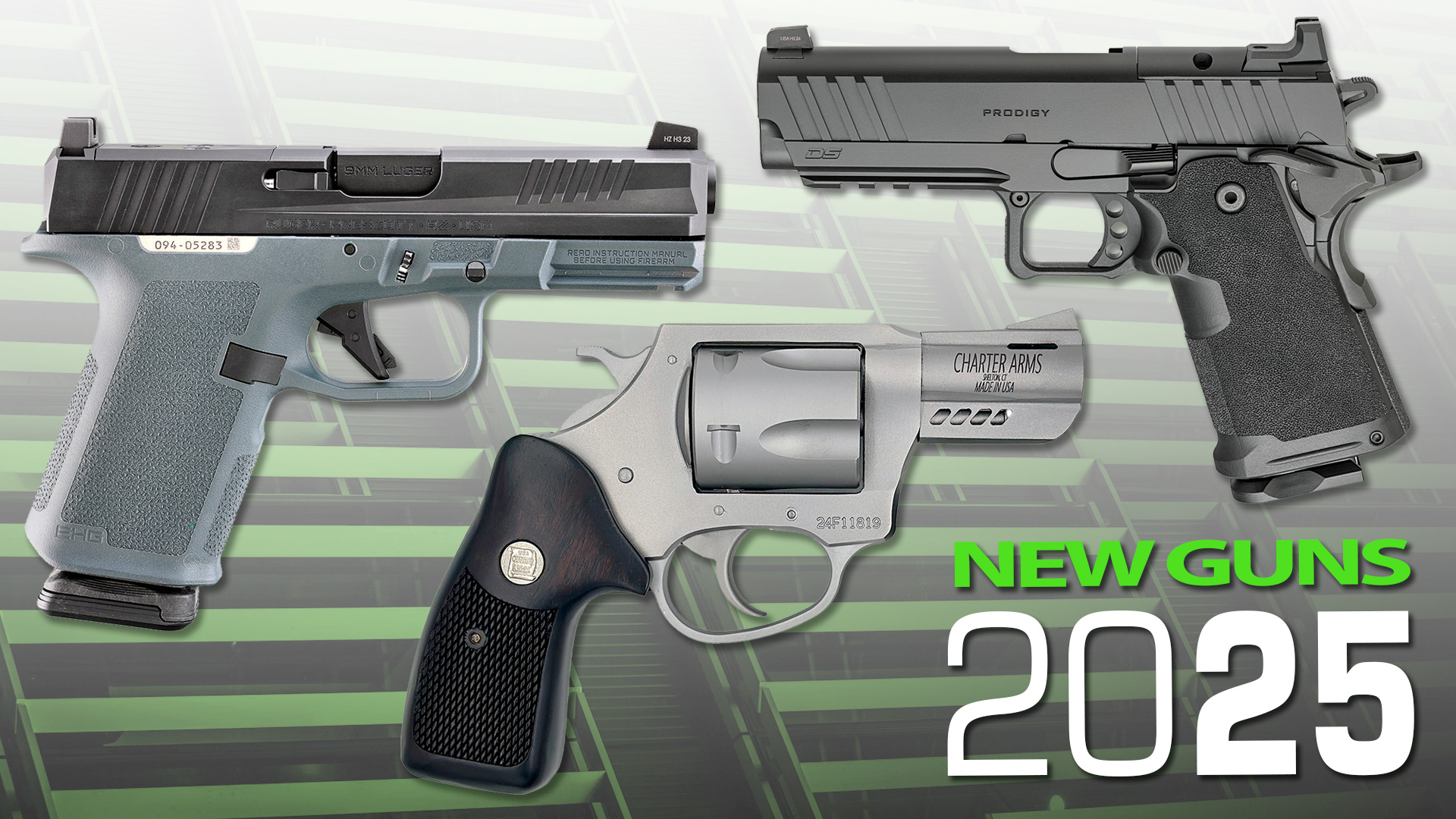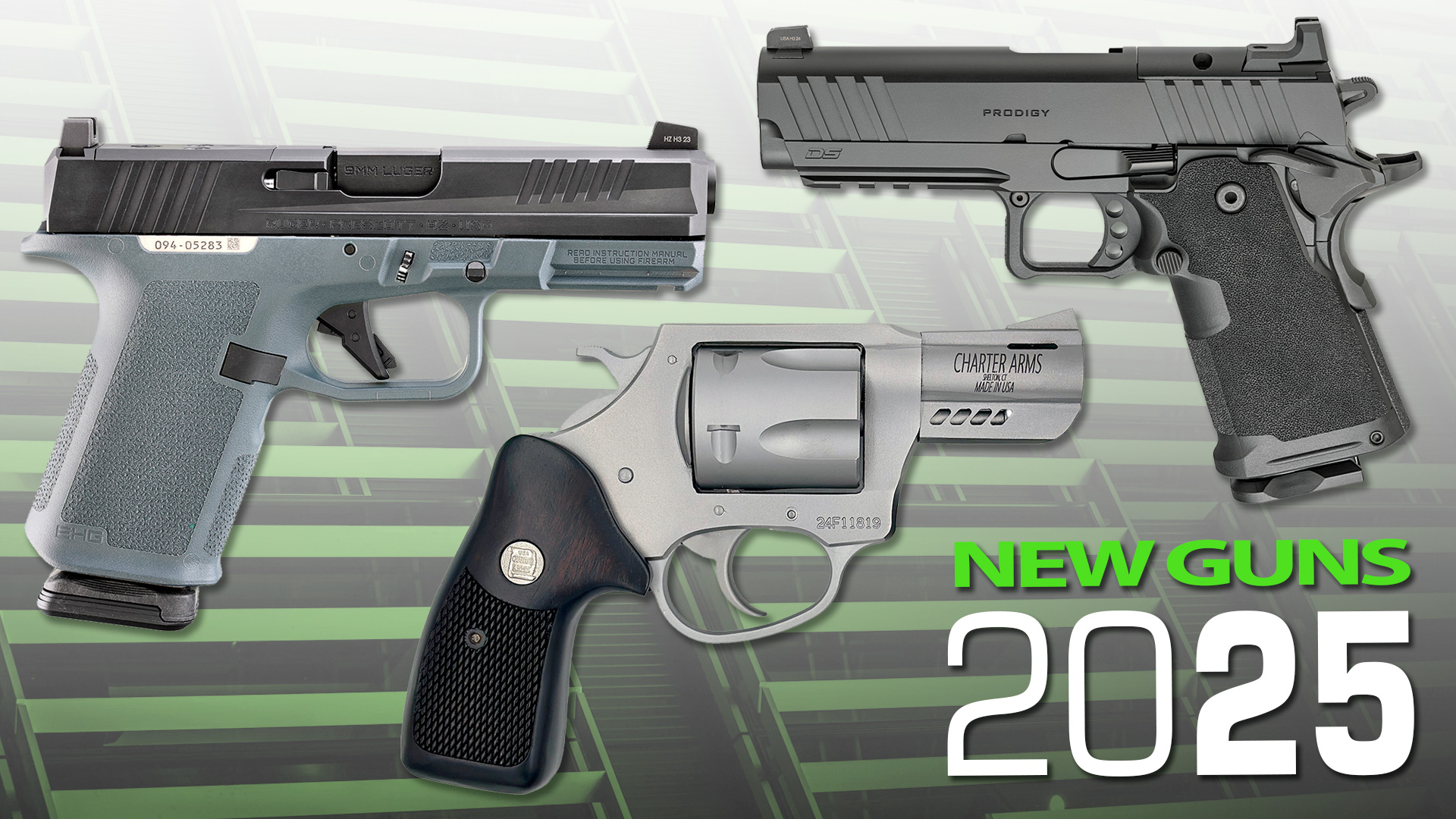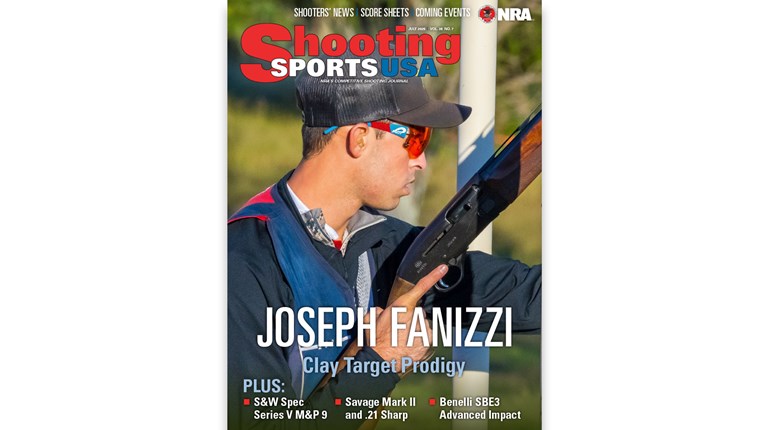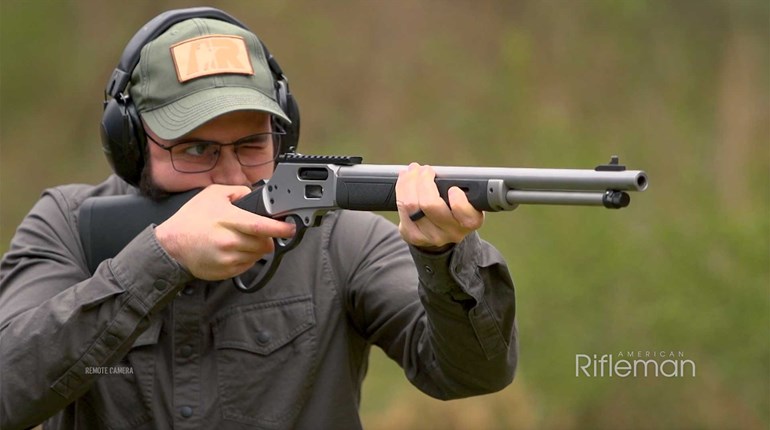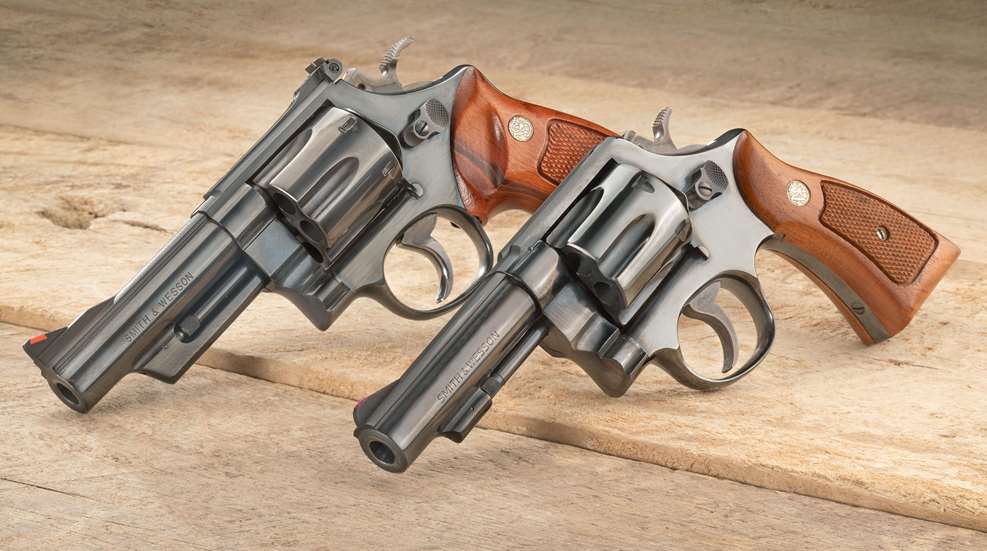
In the author’s time, the M57 and M58 serve as two examples of how one gunmaker strived to develop the ideal revolver and cartridge optimized for law enforcement use.
I am constantly reminded that there are more newcomers to the world of arms than seasoned veterans. Recently, a young friend wanted to know about a subject that seemed like it was just yesterday to me. When I did the mental math, I came up hard against the reality of 60 years of yesterday. He was interested in when the industry began to focus on effective arms for the police service. I date that event to 1964, well before we somehow concluded that the solution was a gun that you load on Monday and shoot all week. The irony of all this lies in the fact that there were two versions of the .41 Mag.
It is commonly accepted that a pair of giants of the handgun world—Elmer Keith and Bill Jordan—went to the major handgun makers with an idea. It was at an early 1960s NRA Annual Meeting, and the general idea was a new police revolver and cartridge. This actually did happen, as I remember a brief conversation with Jordan on the subject. Their idea was something in a medium caliber like .40 or .41, which would have permitted a bullet greater than 200 grains in weight. Combined with a modest velocity around 1,000 fps, this bullet would have been a fight-stopping combination. Also, it should be noted that there is evidence J. H. FitzGerald at Colt was hard at work on virtually the same project—many years before World War II.
There was also a need for a new gun to handle the medium load. Smith & Wesson or Colt could have built such a gun, but only the former chose to get involved. At this point in time, Smith & Wesson did not make a medium frame large enough to accommodate a six-shot, .41-caliber cylinder. After going over every account of this long-ago situation, I am convinced that both Jordan and Keith thought Smith & Wesson would make the required changes to result in a larger (than medium) frame. Smith & Wesson did not—it built a fine revolver on the large N frame. Now an accepted cartridge, the new round was named the .41 Mag.
The gun/cartridge combo hit the police and civilian markets in 1964. The police gun was a fixed-sight, heavy barrel, 4-inch revolver that weighed a whopping 41 ounces and was called the Model 58. It was mated to a Remington 210-grain LSWC cartridge. At 900 fps (or more), the police load did everything it was built to do, although the first lots of ammo were not particularly accurate. Several police agencies of note bought quantities of the Model 58. San Francisco was probably the largest, but almost all that tried it quickly dropped it. Despite the logic of the gun’s performance, the police .41 Mag. revolver was too big and way too heavy for routine service.
I have always suspected that there was a little more to the police reluctance to even trying the .41 Mag. Part of it may well be the name. Ultra-conservative police administrators of the ’60s saw the name “Magnum” and conjured up images of gross over-penetration and multiple lawsuits. Many police agencies of those times would prohibit .357 Mag. ammo, so they would surely prohibit .41 Mag. That’s even with the police-service, lead-bullet, lower-velocity ammo in use. I firmly believe the police service .41 would have fared much better if it was called the .41 Police or some similarly modest term.
And, that brings up the subject of the other .41 Mag. Decision-makers at Smith & Wesson were far from stupid, and prudently opted to hedge their bets on the whole medium-bore concept. The company offered a sort of sportsman’s .41 called the Model 57. This was a high-end N-frame with all the deluxe features of the company’s .357 and .44 Mags. In addition to a choice of barrel lengths and sights, the M57s came with the general contours of the very popular .44 Mag. For use in this elegant revolver, Remington offered a 210-grain JSP (and eventually JHP) cartridge. Velocities of the high-velocity loads were as high as 1,400 fps.
Other ammunition makers offered a variety of different loads, including Winchester’s 175-grain JHP Silver tip, which may have been aimed at police guns. Most of the development of .41 Mag. ammo—which continues to date—centers on sportsmen and their Smith & Wesson and Ruger revolvers. Handloading outdoorsmen particularly love the cartridge. When carefully loaded, .41 Mag. ammo toppled a lot of steel silhouettes when the IHMSA game was so popular. Handloaders fell in love with the .41 Mag. cartridge. It was uncommonly accurate, easy to load and very flexible. Both guns would take all the different kinds of ammunition. The barrels and cylinders of both models are the same. We can fairly conclude that the Model 57 was a popular gun, although it suffered sales wise to Smith & Wesson’s .44 and .357 Mags. Every time the company makes noises about a cancelation, the buying public protests.
The fixed-sight Model 58 in police service is a different story—a different gun and different ammo. There is doubtless a small handful of diehards out in back country who go forth to uphold the law with .41s in their holsters. I once met a seasoned veteran of the San Antonio, TX, police department in the ’60s and ’70s. They were issued Model 58s back then. This guy was one of those soft-spoken Texas lawmen with no time for foolishness. When asked about the .41 Mag., he responded with a bemused smile along with a terse, “No failures.”
That’s fightin’ iron.










